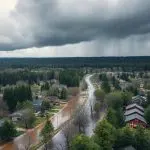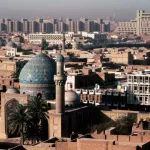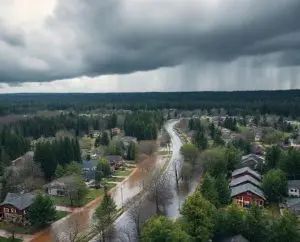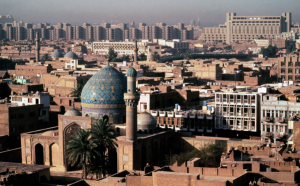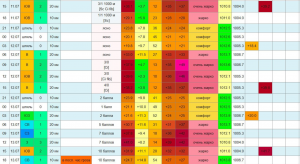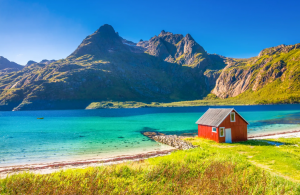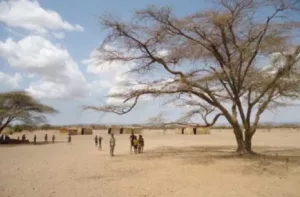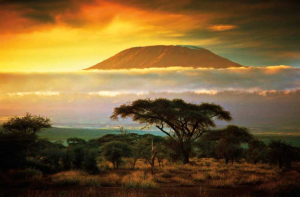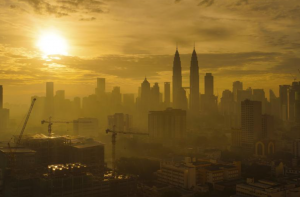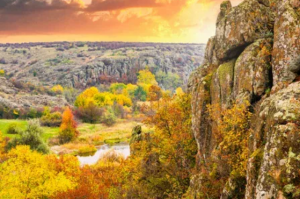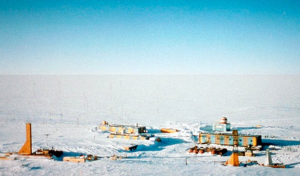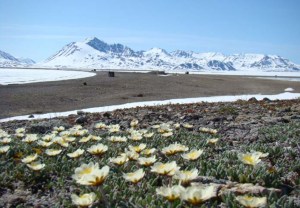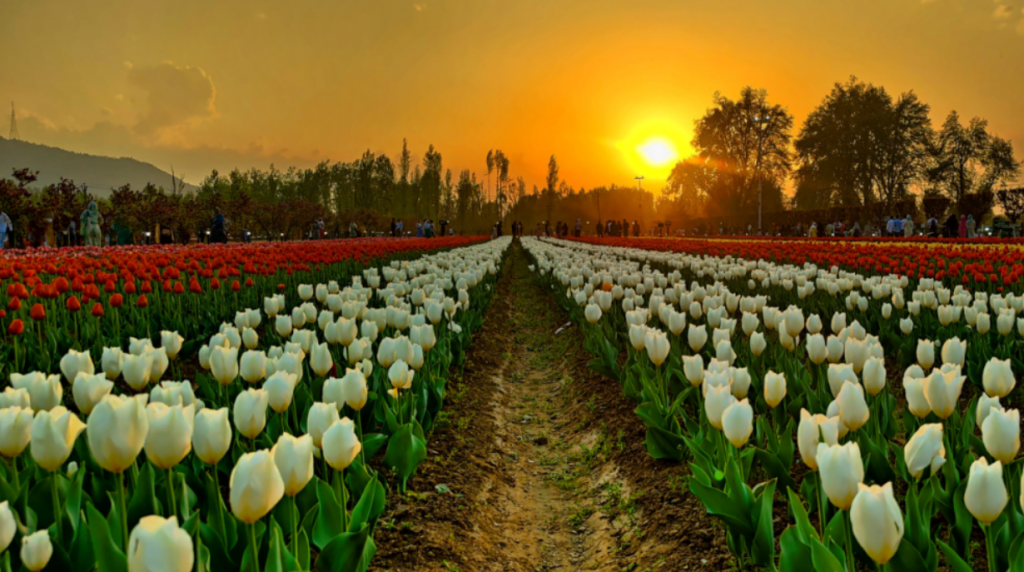
Amidst the ongoing South Asian heatwave, parts of Pakistan and India have experienced exceptionally high minimum temperatures, with some locations recording their warmest nights in history.
On July 6, 2025, the city of Chitral, Pakistan, recorded an oppressive nighttime low of 27.8°C, one of its highest ever. Even more remarkable, Srinagar, the summer capital of Jammu and Kashmir in India, registered a minimum temperature of 25.2°C, tying its highest ever recorded nighttime low—a record that dates back to 1880, over 145 years ago.
These high minimums are particularly concerning from a public health perspective. Elevated nighttime temperatures prevent the human body from cooling down after extremely hot days, compounding the risk of heat-related illnesses, especially among vulnerable populations.
Meteorologists point to persistent heat domes, high humidity, and urban heat island effects as key contributors to these temperature anomalies. This episode is part of a broader pattern of intensifying nocturnal warming across South Asia, driven by climate change, which is causing night temperatures to rise faster than daytime highs in many regions.
Authorities continue to issue heat health warnings, urging precautions and emphasizing the dangers of hot nights, which often receive less attention than daytime extremes but pose an equal, if not greater, threat to public health.

Illustration picture: https://travelsetu.com/guide/tulip-garden-tourism/best-time-to-visit-tulip-garden

